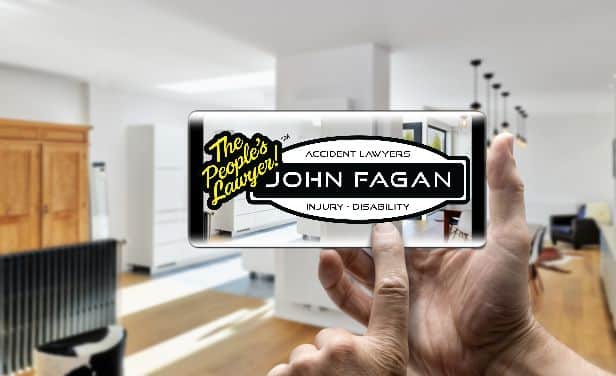It just takes a few minutes to inventory a home’s contents through photos or video, but it can save hours when filing a loss claim.
Taking a home inventory of your belongings for insurance purposes has never been easier thanks to video-capable smartphones. The tools for this task are literally at your fingertips.
Something so simple can make a huge difference when filing a claim after a fire or burglary. No one wants to have to recount all their possessions in a time of stress or emotional strain.
“Very often, homeowners learn of the importance of a home inventory after a loss,” says Scott Congiusti, assistant vice president and personal insurance claims director at insurer HUB International Northeast in New York. “Think about all of the items they have acquired over the 10-year period. Now, imagine all of their possessions disappear at once and someone is asking for a list with approximate values, ages and descriptions for all.”
A video is worth more than words
Claims of this nature, especially those related to fire, can result in large payouts. A video home inventory can help speed up the claims process and subsequently the time it takes insureds to get their money.
“With the average property damage and liability claim costing more than $9,000, and about one in 15 insured homes having a claim each year, it’s important for homeowners to protect their assets,” says Loretta Worters, formerly with the Insurance Information Institute.
Insureds know why a home inventory video is important, but one big question may still remain. “What do I need to include in the video?”
To help answer that, here are five tips to keep your video on track and in focus:
Keep it simple. This isn’t a full-length movie or documentary, so don’t worry about the perfect lighting or editing. Just point the video recorder and walk around each room of the house. Be sure to open any closets and film the contents. Feel free to talk about items during the process, but staying silent is fine too. Store video offsite. Once the video is complete make sure to store it in the cloud or another place offsite from the residence. A home inventory won’t do anyone much good if it’s lost in a house fire with other belongings. Focus on high-dollar items. A few items might need special attention, such as high-end electronics. Take clear shots of those items from different angles and record any visible model numbers or serial numbers. A good rule of thumb is to pick things that cost $1,000 or more. An app can help. To ensure critical contents are captured, it may be easier to use an app. Several are on the market such as Belongings, Encircle and Stuffanizer. Each of these will walk you through the process of videoing and offers a system of categorization. Just do it. It’s a simple task, so there may be a tendency to put it off – don’t. You never know when you may be the victim of a fire or burglary.
“Something is better than nothing,” Congiusti says.
Memories tend to fade or be faulty when it comes to lost items. A video and photos are tangible ways to capture all of the items that make a house a home, and having an accurate record of what was lost will help expedite the restoration process for insurers and their policyholders.






